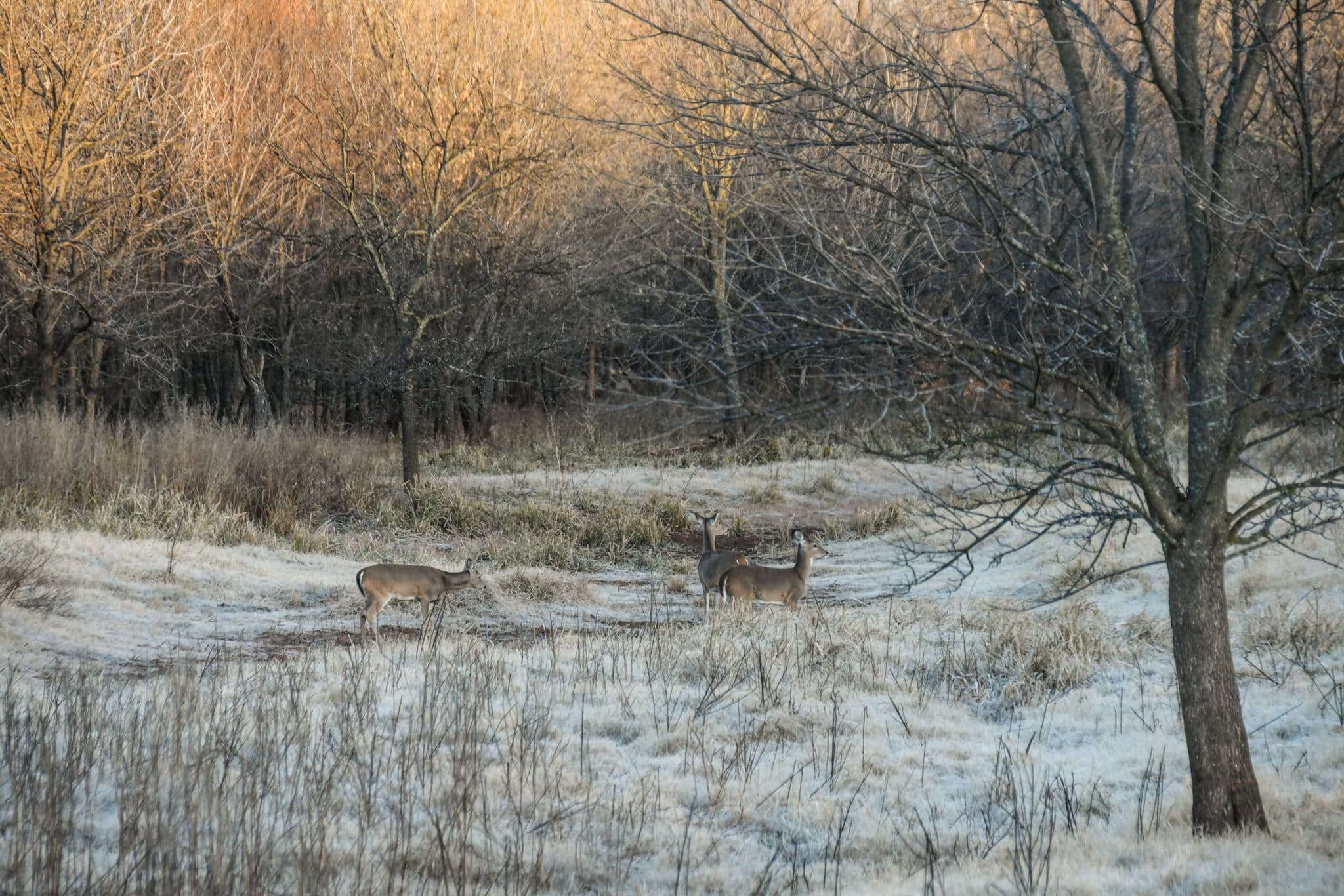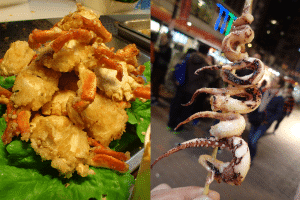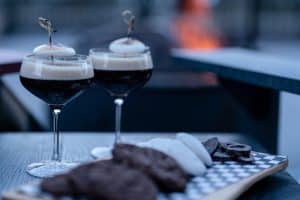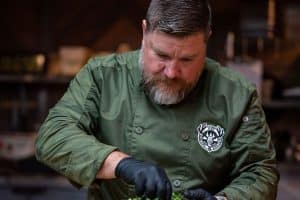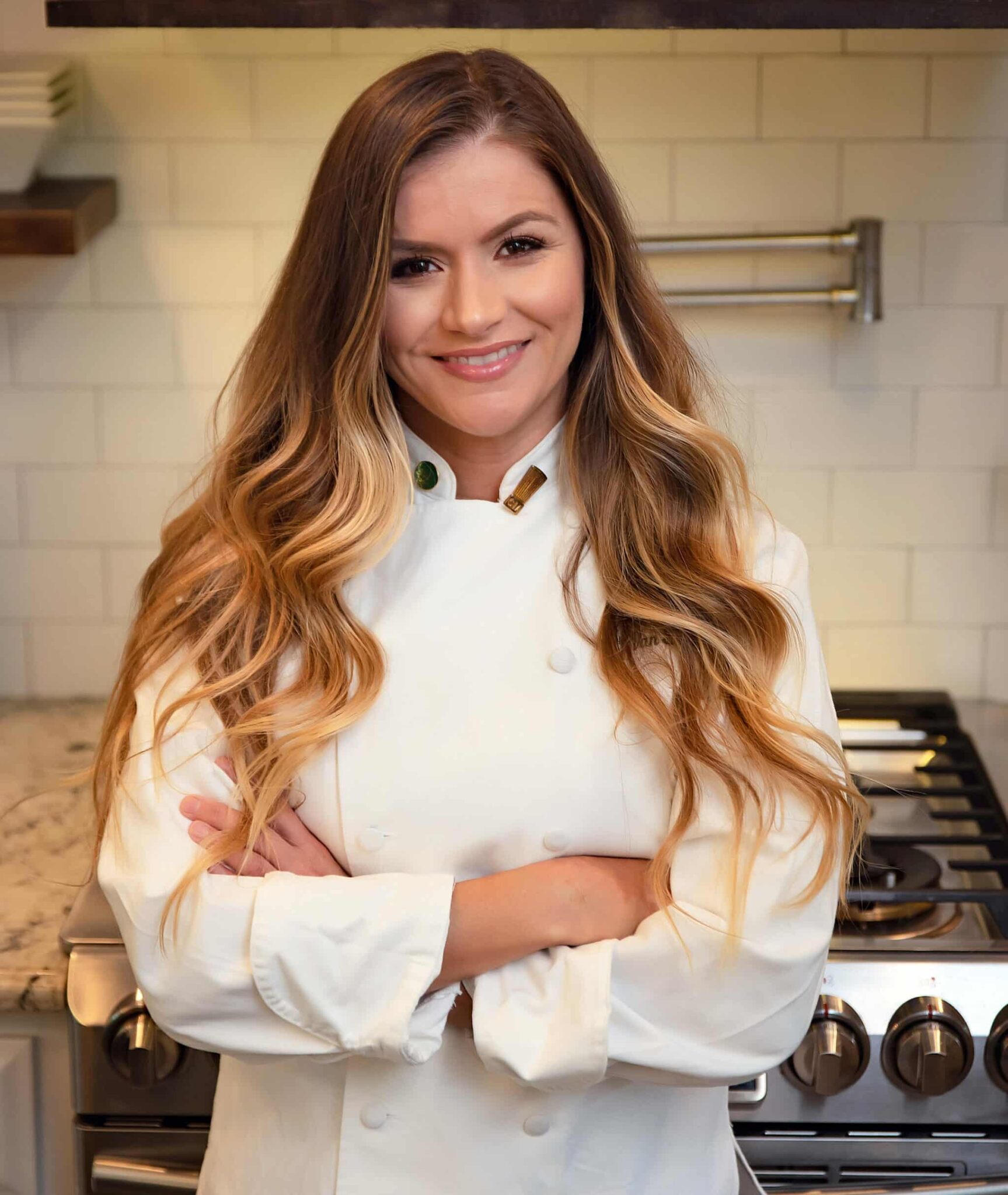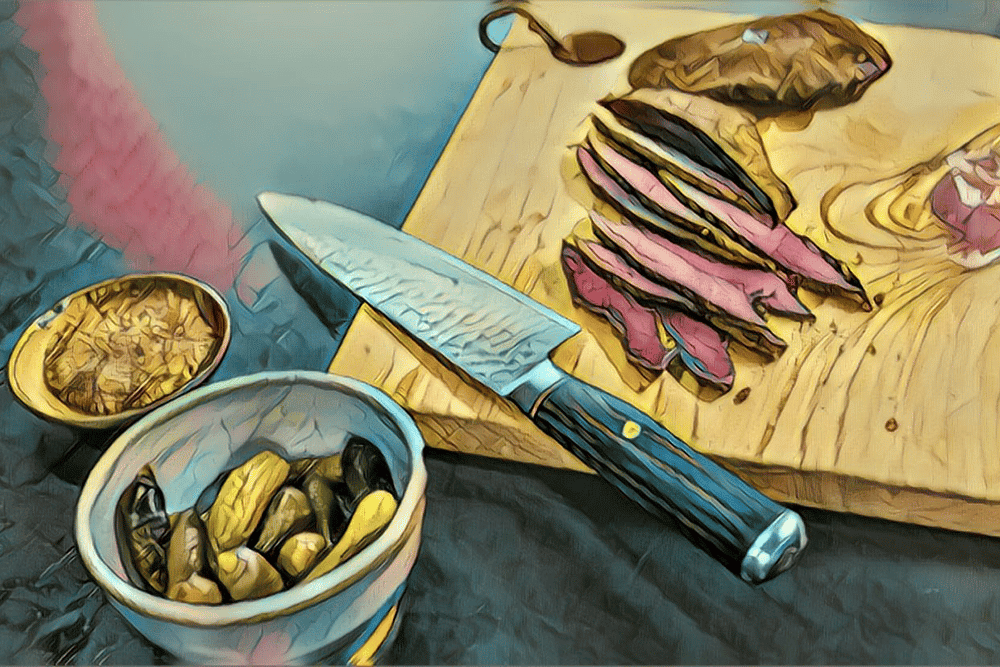
A Polish Family’s Tradition Passed On
On June 27, 2015, Jeanne made me the happiest man in the world by taking my hand in marriage. We were wed in a barn and held our cocktail hour in the defunct stables. Our caterer did a wonderful job, but all of the guests were enamored with the dish I made: Goose breasts smoked after a long sit in an old-world brine. Our guests consumed nearly 20 pounds of the thinly sliced charcuterie and were hounding the caterer for more. The recipe is simple, and anyone with a smoker and some patience can easily pull it off.
The largest crowd we ever fed with that recipe was at our wedding, but the brined and smoked fowl is a hit at every family gathering where we’ve served it. Over time, it became known as Christmas Goose as it accompanied us to every special occasion and cook out. Now, we can’t go to a party without it for fear we won’t get another invitation.
A former classmate, colleague, and current friend gave me the recipe. When his family passed through Ellis Island a couple of generations ago, the “-chesky” disappeared from the end of their last name. Though their surname lost some syllables, they managed to hang on to a few recipes from the Old Country. And make no mistake, this one is worth keeping around. Once you add it to your repertoire, you’ll wonder why you ever made goose any other way.

Most folks will use this mixture on cornfield honkers, but it does wonders on less palatable birds. Living on the Atlantic coast, I shoot my fair share of Atlantic Brant. Those birds have an affinity for decoys exhibited by few other species, so perhaps it’s a blessing that they are not better table fare. Eating a diet consisting mostly of sea lettuce makes them a bit challenging for us folks a bit higher up the food chain; exhibiting an aftertaste that many have described as low tide.
But when soaked in cold water infused with brown sugar, kosher salt, onion powder, black pepper, garlic powder, molasses, and pickling spice, then smoked for four hours, their meat takes on a taste that can only be described as a holiday feast. The combination of sweet, salty, and smoky lends itself to seconds and thirds whenever it’s around. This is doubly true if it’s sliced thin and served slightly warm, sharing space on a board with sharp cheese and crackers.
If you want to make your own Christmas Goose, you’ll need to start with a mess of cleaned goose breasts. You want to choose the best breasts in your freezer for this, as you’re going to slice them really thin when they’re done, and you don’t want any visible imperfections spoiling them. Select only the breasts that aren’t shot up and don’t have any visible hemorrhages. Once you have the best of the best, cut all the silver skin, and any other membranes, off.
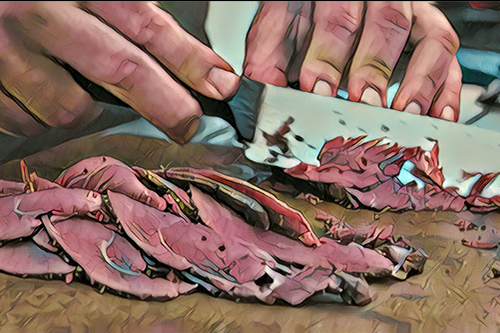
Owing to the same chemistry that makes the food they interact with delicious, brining mixtures can react with certain materials. This is why there’s an entire section of fermenting crocks at the local Bass Pro and why you shouldn’t use that metal mixing bowl to soak the breasts. If you have a sauerkraut crock, grab that. If not, get the largest Pyrex bowl you have. Pour a gallon and a half of cold water into the bowl, and get ready to add the rest of the ingredients.
Take the lumps out of about two cups of brown sugar, and put that into the water, stirring slowly as you go so it dissolves thoroughly. Take a cup of Kosher salt, and add that as well, also ensuring it dissolves in the water. The rest of the ingredients are added in decidedly smaller quantities. Add four teaspoons of onion powder, one-and-a-half teaspoons of coarse-ground black pepper, and four teaspoons of garlic powder.
The only critical measurement here is for the Instacure #1. (It is fitting that Instacure is also known as Prague powder, a nod to the recipe’s origins.) This pink powder contains a mixture of sodium nitrite and salt that reduces the possibility that you’ll introduce botulism to your culinary adventure and ensures the finished product has a delightful pink hue. If cured meat products, such as bacon, weren’t so treated they would have an unappealing grey tint. Two teaspoons should be enough to cure up to 10 pounds of meat, but don’t take chances. The recipe calls for 4.8 ounces to go into the brine, and I follow this exactly.

The original recipe calls the following ingredients optional, but they are what makes this smoked goose taste like Christmas. Pickling spice, which has always reminded me of the holidays, should be deposited in the brine. I always use at least five teaspoons, and you could probably add a couple more if you really liked. Molasses should also be combined in, lending all of its Christmas cookie goodness to the mixture. About a quarter cup is plenty, but you could use as much as a half if you really like things sweet.
Once all of the ingredients have been added to the brine, it’s time to place the breasts in. Make sure they are completely covered; you may need to weigh them down so they all remain submerged. If you have a glass dish that spans the width of the bowl, use that to hold them down. Barring that, you can get commercial fermentation weights that won’t impart flavors into the mix. Or, you can fill a Ziplock bag with some of the brine and use that to keep the meat submerged.

After seven full days in the brine, fire the smoker up to 150 degrees. I’ve always preferred applewood chips as they only add to the holiday bouquet, but you can use your favorite wood. I like to get it really smoky in the beginning, sneaking as much of the flavor as I can in before the bark develops and seals off the meat. Keep the temperature at 150° for the first three hours, but crank it up a bit for the fourth, and final, hour. You want to finish it at 180 degrees. When the timer indicates a full four hours, take the breasts out, and let them rest on a cutting board to cool down slowly.
Eat as much as you can once it cools down enough; there won’t be many leftovers after company gets to it.







